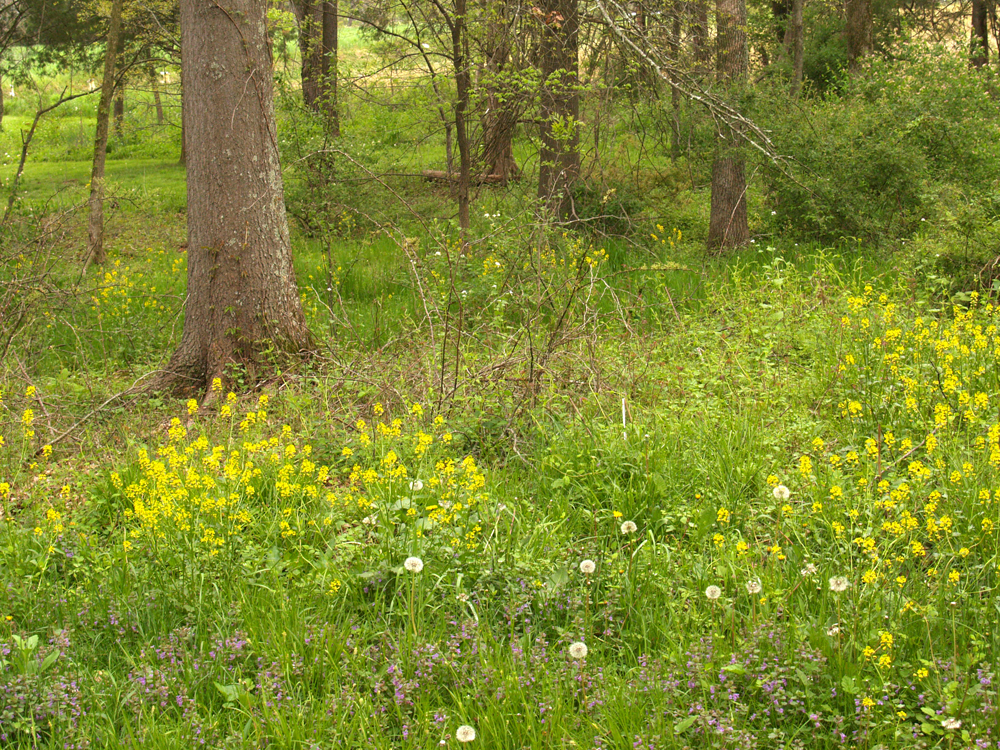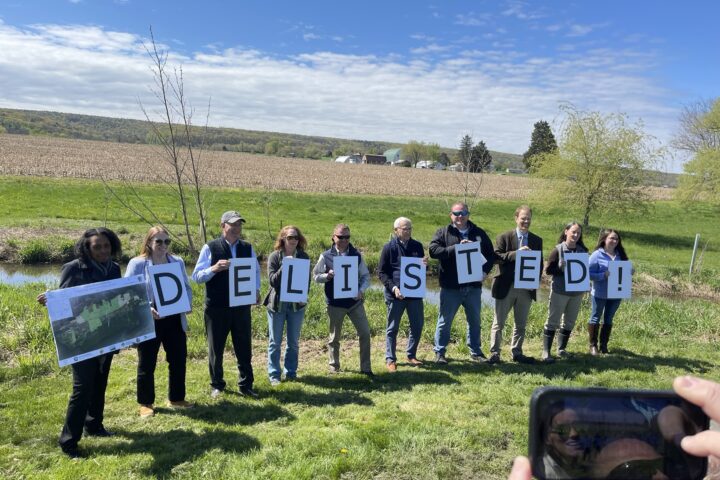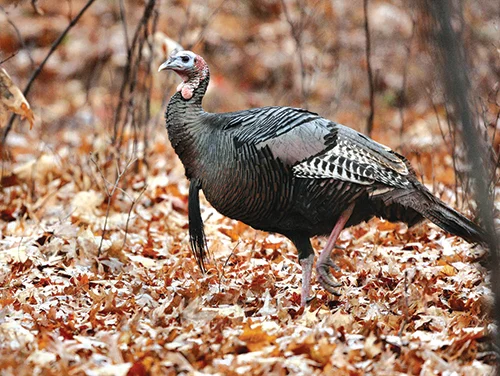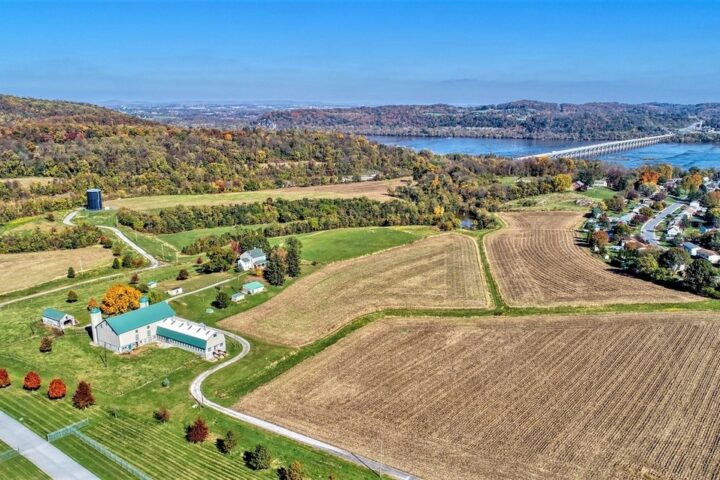
“The more we preserve, the better off we are—and the better off the world is.” Speaking like a true preservationist, Mount Joy Township resident Carol Holtz lives by her words. Holtz recently preserved her 10-acre property through the Land Conservancy of Adams County.
Proposed developments in her neighborhood heightened her concerns about pollution, congestion, and stresses on groundwater. Holtz inherited her property from her parents, so the land has always been special to her. She wanted to protect it.
Before preserving her property, Holtz had to sort out some misconceptions about land preservation. For instance, she thought that her land would be owned by the Land Conservancy after her passing. But thanks to a neighbor who owns preserved property nearby, Holtz learned that, after preservation, she and her heirs would continue to own the land until they chose to sell it to someone else.
Like many others, Holtz was also unsure about the relationship between property enrolled in the Adams County “Clean and Green” program and property preserved by the Land Conservancy. She discovered that the two programs are completely separate, and that preserving land would not alter her local taxes in any way.
After gaining clarity on these common misconceptions, Holtz called the Land Conservancy office to start the preservation process. Land Conservation Coordinator Adam Boyer gave Holtz a sample easement document, which she read carefully. Holtz was pleased to learn that the terms of each easement can be arranged to the desires of the landowner, so she asked for several revisions and added provisions preventing drilling and pipeline installation on her land.
When the easement document fully satisfied her wishes, Holtz was ready to donate her easement. About two-thirds of properties preserved by the Land Conservancy are protected this way. In an easement donation, the landowner is not compensated financially for limiting development rights on their land.
Although 10 acres is not very large compared to other preserved properties, Holtz recognizes that her property is part of a bigger picture. With several other preserved properties in the vicinity, preserving her land increases the impact of open space in her area. Holtz’s land provides habitat for deer, turkeys, and many birds, including an indigo bunting, towhee, cardinals, bluebirds, chickadees, and tufted titmouse.
And since the property contains headwaters for Little’s Run, preserving her land also helps protect water quality in the area. Holtz is proud to note that when a student from St. Francis Xavier Catholic School tested the water on her property as part of a school project, it was determined to have the highest quality of all the samples tested.
Holtz is happy to have her property preserved in perpetuity. Not only does it benefit the community–it also honors her parents in a meaningful way.




